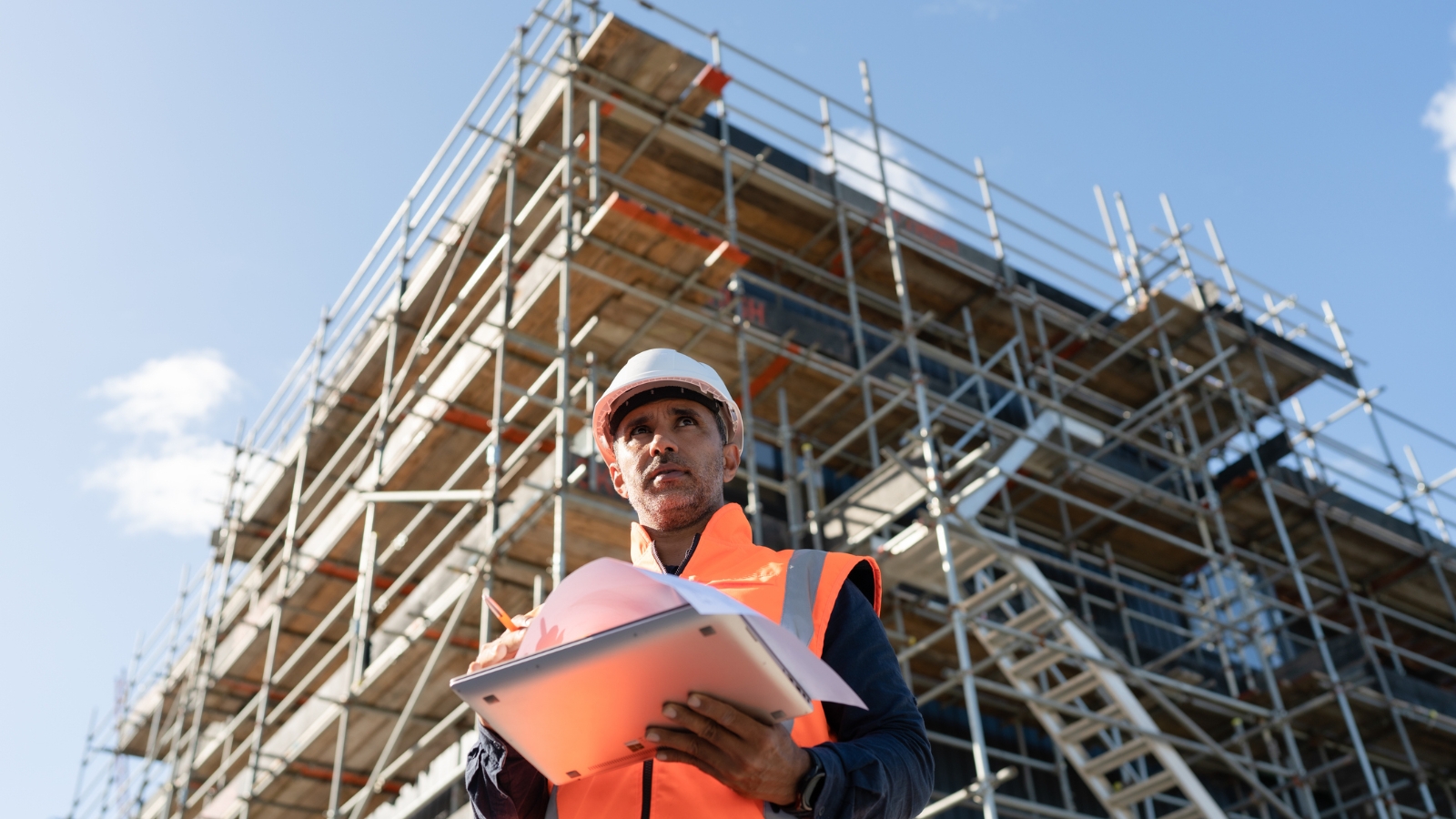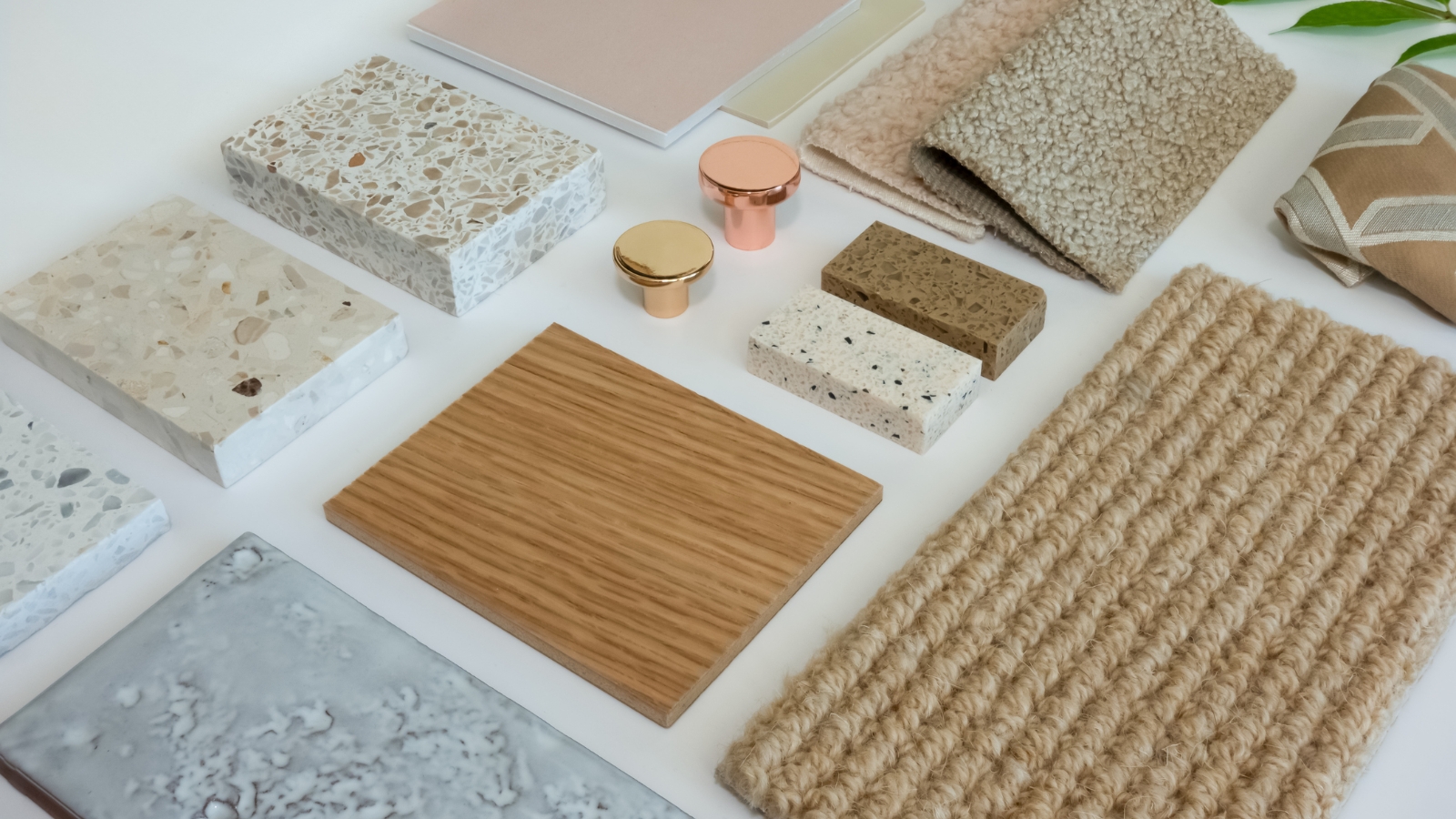Buying guide
What makes a NZ property safe and secure?
There’s a lot to think about when it comes to finding a safe and secure property.
.png)
We’re lucky enough to live in a country that, by international standards, is pretty safe. However, that doesn’t mean we should be lax about protecting both our loved ones and our important assets.
As part of your due diligence when buying a home in Aotearoa New Zealand, the safety and security of the property should be on your long list of considerations. Not only is this important for your peace of mind and enjoyment of the home, but it will make a material difference to your costs. In particular, the price of your home insurance premiums will be affected by how secure the insurer thinks your property is.
But what exactly should you be looking for? Here, we’ll give you a rundown of some of the straightforward ways you can check if a NZ home is safe and secure, before buying.
1. Know the neighbourhood
When you come to the property for a viewing or an open home, your focus will be on the property itself. But either on this trip, or as a separate excursion, you should also check out the neighbourhood.
This is useful from the perspective of amenities (think schools, transport links, supermarkets etc.), but also from the security angle. Without judging a book by its cover, it’s often relatively easy to get the feel of an area by walking or driving through it. Things to look out for that indicate a safe and secure neighbourhood include lots of families out and about on the streets, or the sight of neighbourhood watch stickers in the windows of homes, or evidence of other community initiatives.
Another good idea, if you’re comfortable doing so, is going up and chatting with some of your potential neighbours. Again, this can be handy for all sorts of reasons, but they’ll hopefully tell you what they think of the area as a place to live.
Finally, you can also go online to find out crime statistics published by New Zealand Police, to get more evidence of the area’s public safety. You could also check any online forums such as community Facebook pages – these can be a real goldmine for getting a glimpse into what life is like in that area.
Security features like cameras can give you peace of mind.
2. Property security features – interior
As you look around the property, take note of the following features that will play an important role in its security:
- Doors: A solid, sturdy door is essential. Look for solid core or metal doors instead of hollow ones, which are easier to break. Ideally, make sure every exterior door has a high-quality deadbolt. Also, check the door frames; they should be strong to withstand any attempts at forced entry.
- Windows: Ensure the windows have secure locks; flimsy or outdated locks can be a weak point. Look for features like security screens or tempered glass, which provide added protection against break-ins.
- Alarm systems: A home with an existing security system is a big plus. Ask the current owners about the system’s functionality and monitoring options. If there isn’t one, think about how easy it would be to install a system that suits your needs. Note that some home insurers will offer discounted rates if you have a professionally monitored alarm system in place.
3. Property security features – exterior
There are a number of exterior features of a property that are also important to take into account when it comes to its overall security. These include
- Fencing and gates: A well-built fence can significantly enhance security. Look for sturdy, tall fences that are difficult to climb over. Ideally, they should be made of durable materials like wood or metal, and be in good condition. Next, consider gates. Ensure that any gates are secure and equipped with reliable locks. A gate that’s easy to open can negate the benefits of having a fence, so look for gates that are sturdy and can be secured properly. Also think about how easy it would be to get into your garage, particularly if there’s a connecting interior door to the rest of your home.
- Exterior lighting: Good lighting around the property is a must. Motion-sensor lights are particularly effective; they illuminate dark areas when someone approaches, making it less appealing for burglars to attempt a break-in. Pay attention to entry points, driveways, and pathways to ensure they’re well-lit.
- Security cameras: Finally, security cameras can provide an extra layer of protection. Check if the home has any cameras installed, and if so, consider their placement and quality. Cameras positioned at key entry points can act as a deterrent and also provide valuable footage if something were to happen. If there aren’t any cameras, think about how easily you could add them, and what the costs might be to get good coverage.
Smart home technology provides a wide range array of security features.
4. Smart home features
Advances in technology are making it even easier to keep your home safe. Here are a few of the ways that smart home features can play their part:
- Remote monitoring: Smart cameras allow you to view live footage from anywhere via your smartphone. You can monitor your property in real-time, receive alerts for motion detection, and even review recorded footage.
- Video doorbells: These let you see and communicate with visitors at your door, even when you’re not home. You can check who’s there and respond without opening the door.
- Keyless entry: Smart locks enable keyless entry using codes or smartphone apps, making it easier to grant access to family or guests without needing physical keys. You can also remotely lock or unlock doors, enhancing convenience and security.
- Automated alerts: smart alarm systems can send notifications to your phone if they detect unusual activity, allowing you to respond quickly.
- Motion detection: motion sensors can alert you if there’s movement detected in certain areas of your home, helping you stay informed about potential intruders.
- Lighting motion: sensor lights can automatically illuminate areas when someone approaches, deterring intruders and enhancing visibility.
- Home automation: you can automate lights and appliances to turn on and off at specific times, creating the illusion of occupancy. This is effective for deterring burglars.
- Connected devices: smart home devices can work together for enhanced security. For example, a motion sensor can trigger your security camera and turn on outdoor lights simultaneously.
Author
Other articles you might like









